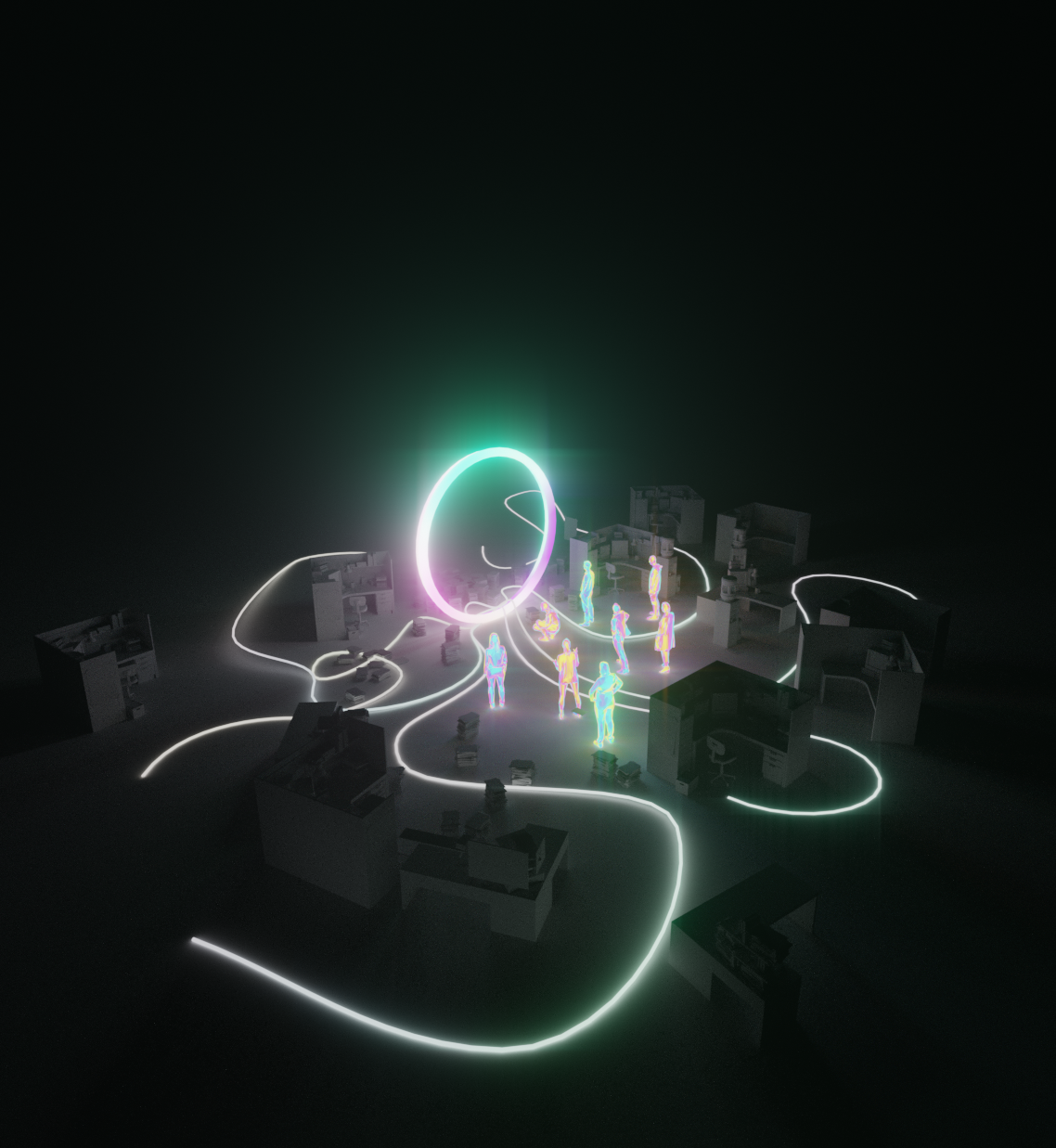This week we really dove into the research and chose 3 games that we wanted to look at more closely with a competitor analysis. For each game we looked at the number of players, props, visuals, inclusiveness, level-up and learning personal stuff. These were chosen to help us evaluate which game did a good job achieving the goals we have set out for our game and helped us to find a good direction to explore in our own designs. From this evaluation we were also able to pull in research on a direction we feel is promising called the Halo Effect, which we are hoping can help us create a more positive environment within our game.
Competitor Analysis
Current game setting: choose cards for people based on your first impression of them. After that, the game play and/or the environment will be changed. The questions will be level-up questions for different rounds.
Competitor analysis:
- We are not really strangers
We’re Not Really Strangers is a purpose driven card game and movement all about empowering meaningful connections. Three carefully crafted levels of questions and wildcards that allow you to deepen your existing relationships and create new ones.
Ready?
- 2-6 players
- 2 pencils and WNRS notepad
- 2 transparent Dig Deeper cards
- 150 questions and wildcards
- Warning: Feelings may arise
- Guess Who?
Guess Who? (Hebrew: נחש מי?) is a two-player board game where players each guess the identity of the other’s chosen character.
Each player starts the game with a board that includes cartoon images of 24 people and their first names with all the images standing up. Each player selects a card of their choice from a separate pile of cards containing the same 24 images. The objective of the game is to be the first to determine which card one’s opponent has selected. Players alternate asking various yes or no questions to eliminate some of the candidates, such as:
- “Does your person wear a hat?”
- “Does your person wear glasses?”
- “Is your person a man?”
The player will then eliminate candidates (based on the opponent’s response) by flipping those images down until only one is left. Well-crafted questions allow players to eliminate one or more possible cards.
https://en.wikipedia.org/wiki/Guess_Who%3F
- First Impressions
4 to 20 players, Ages 12 to Adult
The game that has everyone talking!
Often, we form first impressions of each other based on what someone likes or dislikes, or how they look or speak. This game, in a non-competitive, relaxed and friendly format, allows players to describe these first impressions using the Special Idea Cards provided. The Cards are sometimes serious, sometimes playful and humorous. Always thought-provoking.
Some suggested uses:
- Ice-breaker & socializer
- Focus point for conferences
- Classroom aid to nurture communication skills
- Seniors recreation time
Get to know each other! Share some laughs. A great resource for groups of young & old. Play quickly or take your time. Easily adapts to all situations. Never worry about being eliminated or losing.
Why do we design having people choose cards that they think best fit others?
The Halo Effect:
One of the reasons first impressions are important is that people tend to make generalizations based on them. So, a positive first impression is a fundamental step in making the halo effect work in your favor. The halo effect is a cognitive bias in which people see one good trait in another person and then make additional positive judgments about the person as a result.
The halo effect means that making a good first impression can help you build positive momentum to create a good relationship and maintain it from that point onward. Customers will often generalize other positive traits in your company as a result of that first interaction.
But there is a negative companion to the halo effect, too — the fundamental attribution error.
To reduce the negative companion to the Halo Effect, in our game, we only include positive cards with random patterns on the cards.
Next Steps
We plan to continue our research and explore more games that address the areas that we hope to design for. We have also received the book The Overworked American, The Unexpected Decline of Leisure by Juliet B. Schor to read by recommendation from Elaine, our client and hope to discover links we can utilize for our designs.

